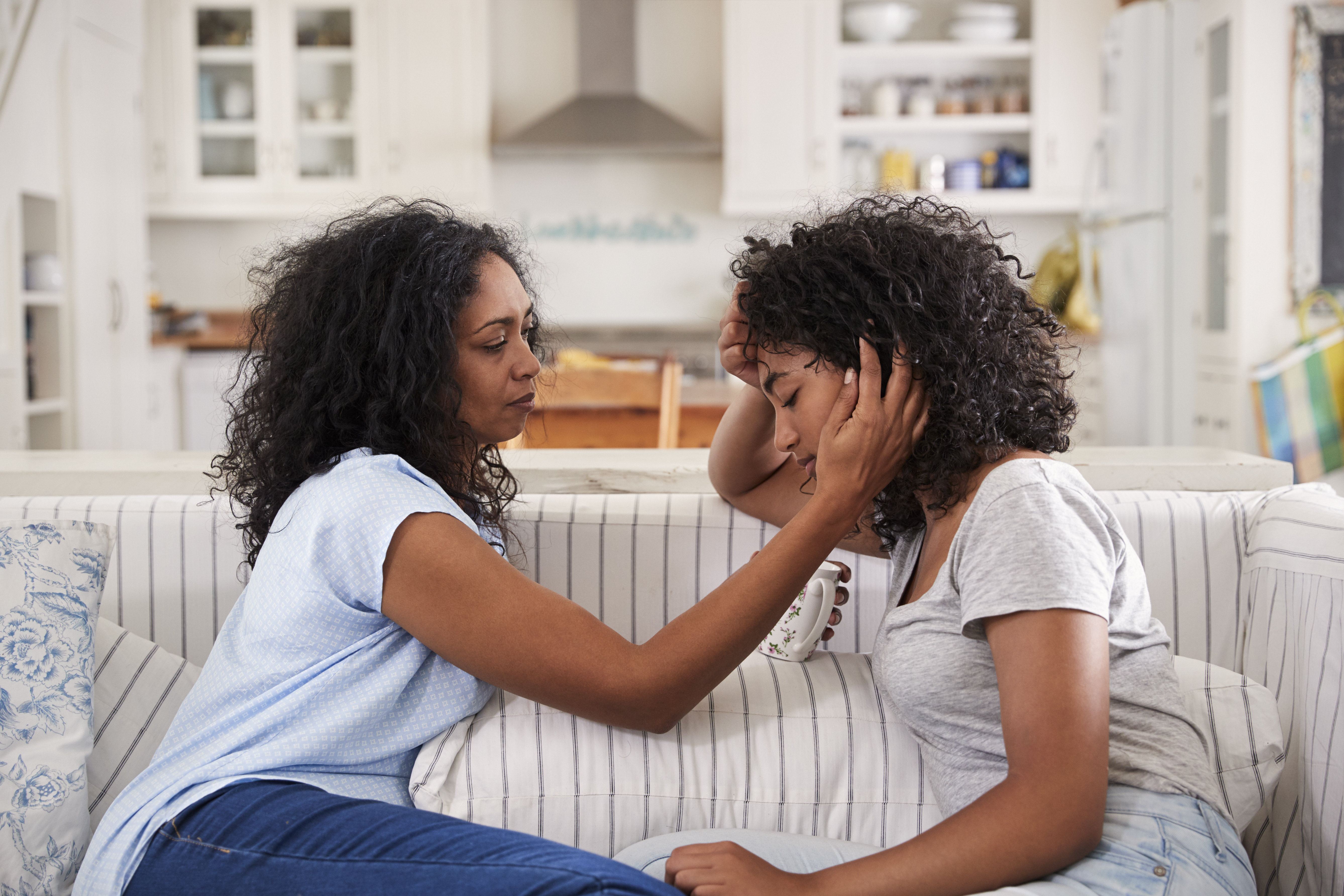Keeping routines
Forming routines or going back to old routines can help a child in terms of their cancer-related pain. For example, playing favorite games at playtime, having a specific snack time, going to school as regularly as possible or going to bed at the same time every night.
Pain tends to improve once function improves, so encourage your child to continue with their routines and provide rewards when they do so.
Offering rewards
For children around preschool age and older, a sticker chart system may be particularly helpful. Agree on specific goals with your child for them to achieve and keep track of their successes every day using stickers. Make sure to keep the goals specific and achievable so that you are setting your child up for success. When your child has achieved their goal, give them an agreed reward (for example ice cream). Verbal praise can also be very effective, especially for older children.
Sleep hygiene
It is very important for your child to get enough sleep. Lack of sleep can affect your child’s experience of pain.

Understand the sleep needs of your child and follow some standard sleep hygiene guidelines to allow them to get enough sleep and better manage any cancer-related pain they might experience. Good sleep practices include creating a predictable and relaxing routine at bedtime, avoiding stimulating activities before bed (such as avoiding anything with sugar and having your child stop using screens at least an hour before bedtime).
Supporting yourself when a young child has cancer-related pain
Having a young child with cancer-related pain can be really hard for parents. Taking time for self-care is especially important as it will help you to be your strongest self (and, in turn, implement the pain management strategies as effectively as possible).
Self-care will look different for everyone, but here are some suggestions:
- ensure you get enough sleep
- exercise
- eat a balanced diet
- socialize with people who make you happy
- do activities or hobbies that you enjoy
In some cases, it may be helpful to seek personal support for your own needs from a health-care professional. Remember to go easy on yourself and recognize that doing so is ok.
Your child’s pain management plan
Your child’s health-care team will help to reduce your child’s pain, but you should also be involved in decisions about how pain is managed. Most importantly, you need to understand your child’s pain management plan.
Whenever your child is not in the hospital, keep track of the times and amounts of each pain medicine they take, as well as psychological and physical strategies that are used. You can use a diary to do this, including notes about how much the pain has eased (using a pain rating score) and for how long following each strategy. Bring this diary to the clinic to help your child’s health-care team make further decisions about the pain management plan.
When you understand more about pain and how to treat it, you will be better able to tell your child’s health-care team about what your child is feeling and how well their treatment is working.

